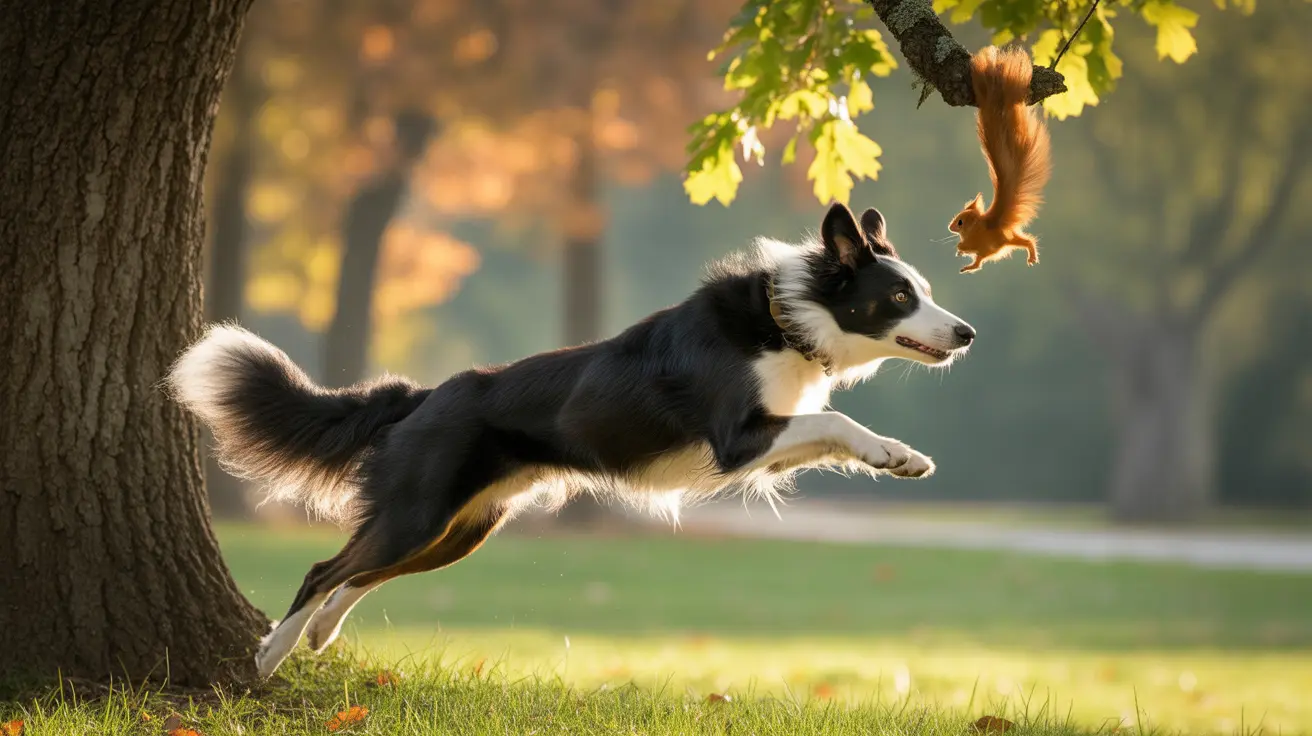Understanding the 7 Second Rule for Dogs
Protecting your dog's paws is crucial, especially in urban environments where asphalt and concrete can become dangerously hot. The 7 second rule is a simple yet effective test for dog owners to determine whether pavement is safe for their pets to walk on. Mastering this tip, among other urban dog care strategies, ensures that your dog remains healthy, happy, and safe in the city.
What Is the 7 Second Rule?
The 7 second rule involves placing the back of your hand on the pavement for about seven seconds. If you can't hold it there comfortably for the full duration, it's too hot for your dog to walk on. This method helps prevent burns and discomfort on your dog's sensitive paw pads.
Why Is This Important?
- Paw Safety: Dogs’ paws are sensitive and can suffer serious injury from hot surfaces.
- Urban Heat: Asphalt can be significantly hotter than the air temperature during summer months.
- Preventative Care: Avoiding hot surfaces helps reduce vet visits and boosts your dog’s comfort.
Other Key Urban Dog Safety Tips
While the 7 second rule is just one tool, many other techniques help urban dog owners keep their pets safe and well-behaved amidst city life.
1. Master Leash Skills
In city environments, always use a standard 6-foot leash. Keep your dog close in crowded areas to avoid accidents and interactions with unfamiliar people or dogs.
2. Train Focus Around Distractions
Start practicing commands and behavior at home, then slowly introduce more complex environments like parks or streets. This helps your dog stay calm and focused even amid noise and chaos.
3. Use “Leave It” Command
Teaching “leave it” helps your dog avoid hazards on the sidewalk, such as food scraps, trash, or potentially harmful substances. Follow a step-by-step approach and build up to real-world settings.
4. Teach “Drop It” or “Trade”
Encourage your dog to let go of items by offering a higher-value reward. This prevents them from ingesting dangerous objects or food off the ground.
5. Acclimate Your Dog to New Surfaces
City dogs often encounter tough textures like metal grates or slick concrete. Practice walking with your dog over these surfaces during training sessions.
6. Potty on Cue
Grass is not always available, so teaching a potty command can be a lifesaver. Use short-leash training on various surfaces like bricks or concrete.
7. Ride in a Carrier
Small dogs often need a carrier for public transport. Condition your dog gradually to love the carrier through treats and familiarity before using it in public.
8. Getting in Cabs
Practice rides using pet-friendly cabs. Teach your dog to stay calm and lie down during the journey while keeping a towel or blanket underneath.
9. Become a Canine Good Citizen
Advanced training prepares your dog for real-world interactions. Programs like CGC, CGCA, and CGCU are especially beneficial for city dwellers, teaching calm and attentive behavior in public.
Tips for Preventing Overheating
- Walk Early or Late: Schedule walks during cooler hours to avoid hot surfaces altogether.
- Stay in the Shade: Keep to shaded paths as much as possible when walking during daytime.
- Paw Protection: Use protective booties or paw balm to shield feet from direct heat.
Long-Term Benefits
Following the 7 second rule and other city-specific dog care practices can lead to:
- Fewer vet visits
- Better urban adaptability
- Increased trust between you and your dog
Ultimately, the 7 second rule is one aspect of a more comprehensive urban dog care approach. By incorporating smart training, safety checks, and social awareness, you can ensure your dog thrives, no matter where you live.





